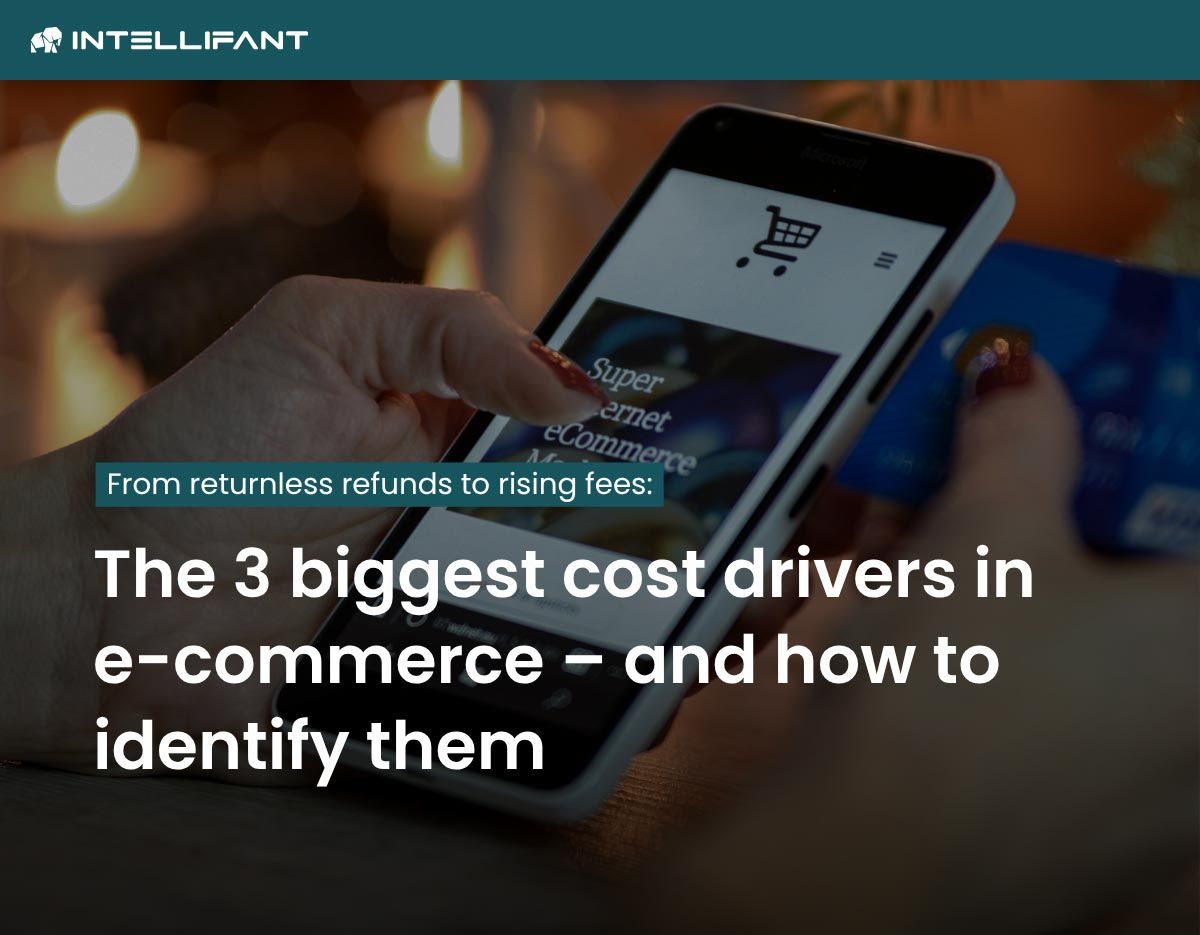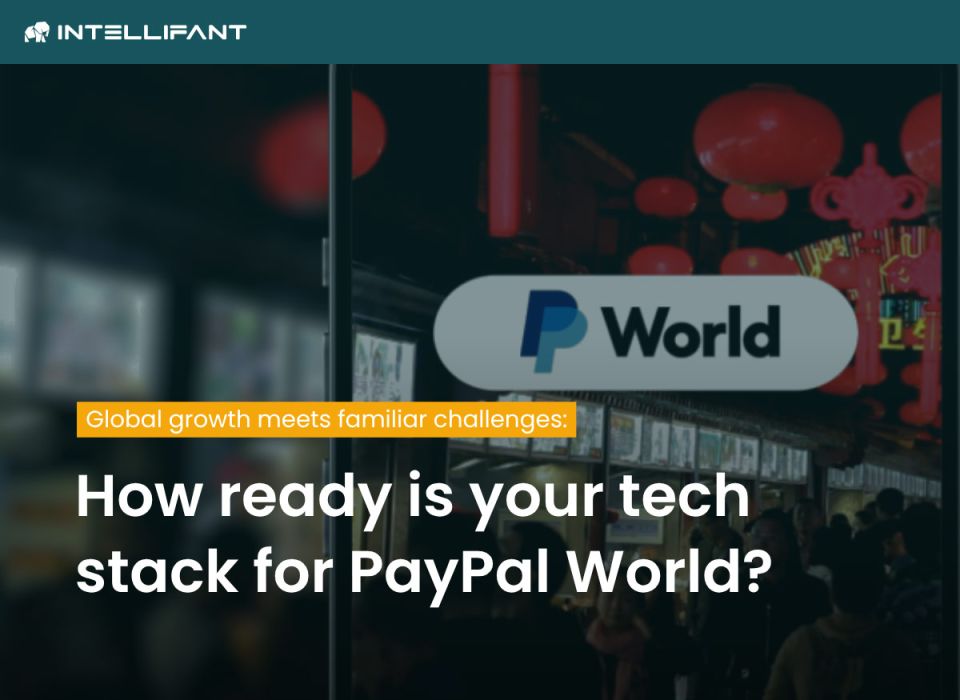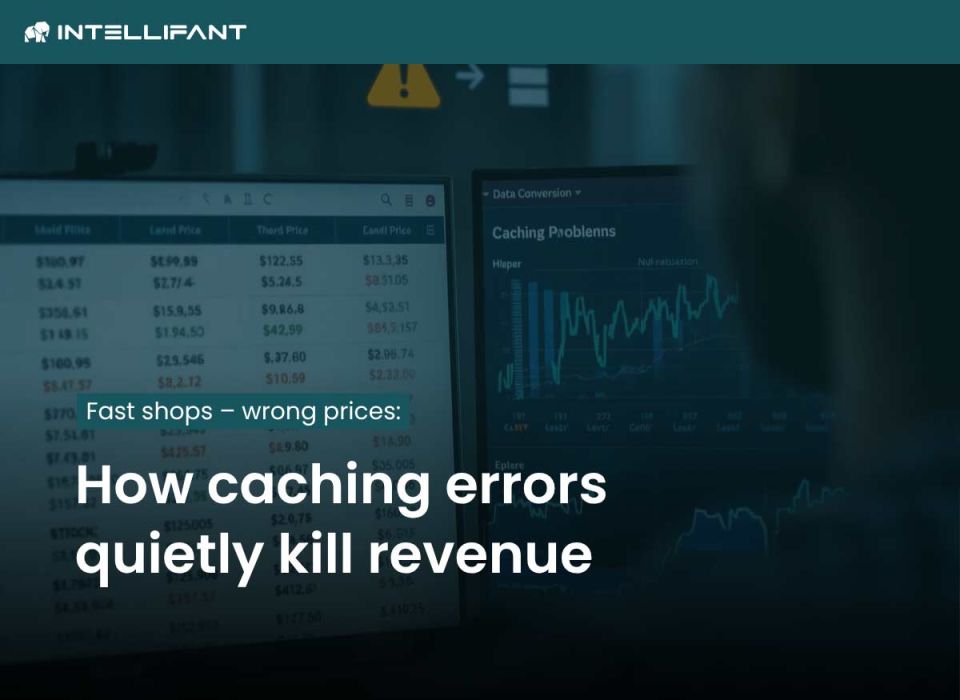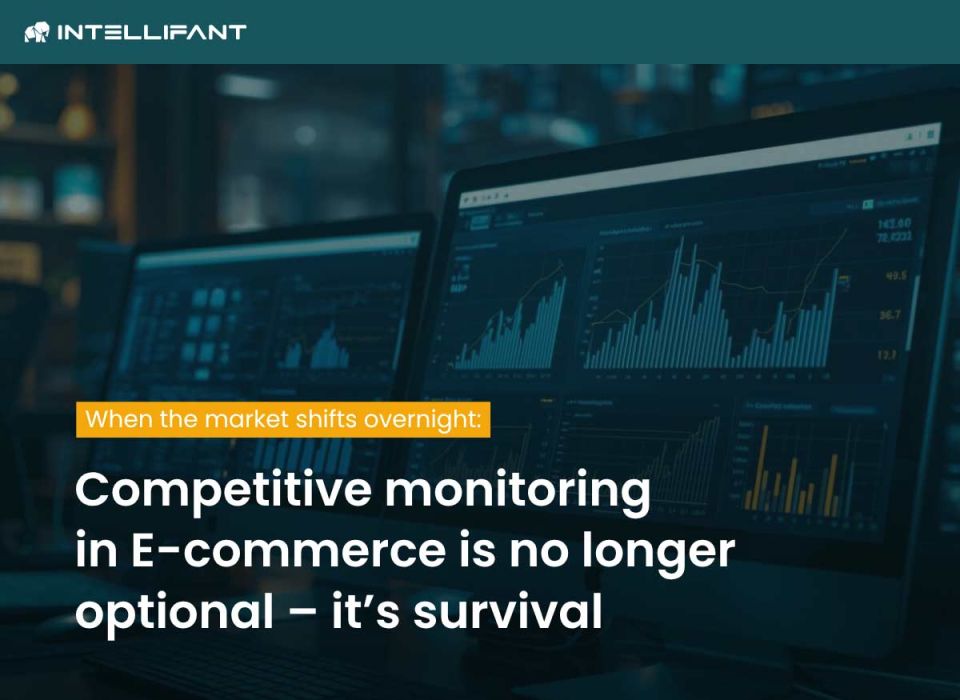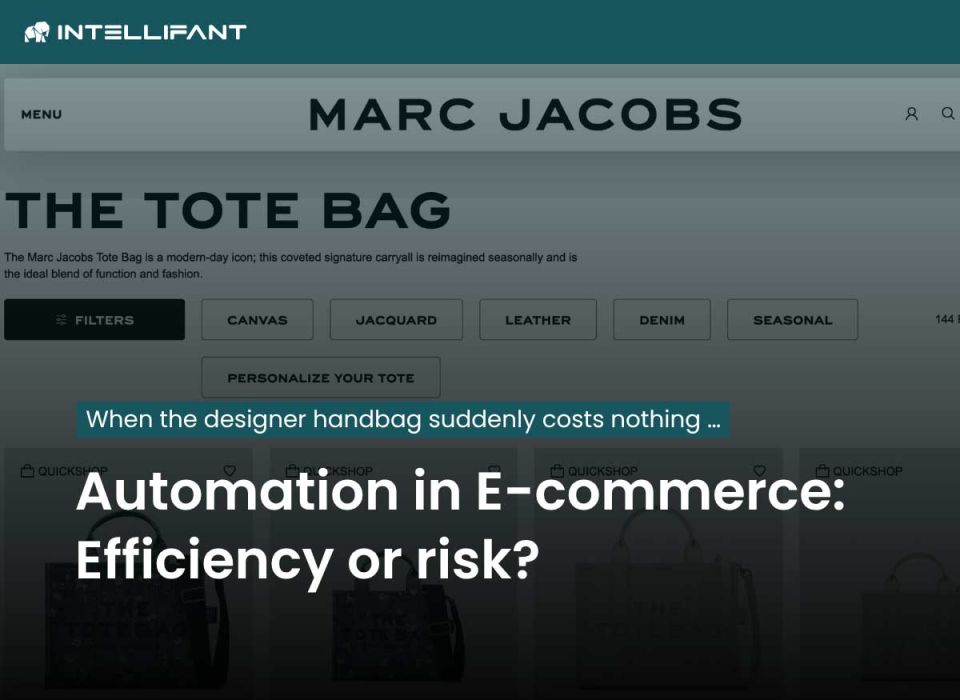How to identify hidden revenue losses – before it's too late
For end customers, it sounds too good to be true – but so-called ‘returnless refunds’ have actually been common practice for some time now. This allows consumers to keep the goods they have ordered if they are not satisfied. And they don't have to return them.
Many online giants such as Amazon, Walmart and Target are increasingly relying on this strategy for low-priced items.
The reason: processing and return shipping often cost almost as much as the item itself.
The problem: according to estimates, US retailers will lose $248 billion in returns in 2023 alone – clear proof that returns are one of the biggest cost drivers in e-commerce.
But it's not just returns that are causing problems for online retailers. These are the biggest cost drivers in e-commerce – and how you can prevent them!
Cost trap no. 1: Pricing errors in e-commerce – the silent margin killer
Causes: Pricing errors creep in very quickly – through transposed digits during manual entry, incorrect data imports from ERP or marketplace systems, or incorrectly configured discount and promotion rules.
Automated price updates without control mechanisms are particularly dangerous, as a single incorrect value can be transferred to thousands of SKUs in seconds.
Impact: An incorrectly priced product can cause massive losses in a short period of time.
Example: If an item is accidentally offered for £19.90 instead of £199, the margin losses quickly add up to five-figure sums with high sales figures – before anyone even notices the error.
How to prevent pricing errors:
- Set up automatic monitoring that checks order data for unusual price deviations.
- Define price floors and ceilings for each category to automatically block implausible values.
- After plugin or core updates in Shopware 6, carry out a test run with random samples before changes go live.
Cost trap no. 2: Returns as a double stumbling block
Causes: High return rates are often caused by unclear product descriptions, inaccurate images, quality problems or false expectations on the part of buyers. Logistical errors – such as incorrect sizes or damaged goods – also drive up the rate.
Impact: Returns are twice as expensive. On the one hand, sales are lost, and on the other hand, additional costs are incurred for return shipping, warehouse handling and reprocessing.
According to Bitkom, each return costs an average of £10–15 in the UK. With thousands of returns per month, this is a significant margin eater.
How to prevent high return rates:
- Analyse the reasons for returns per item to identify recurring problems.
- Optimise product texts and images to avoid false expectations.
- Use monitoring tools such as INTELLIFANT to see increases in the return rate in real time and react immediately – e.g. by making corrections to the listing or the fulfilment process.
Cost trap no. 3: Inefficient workflows – the creeping loss
Causes: This cost driver is sometimes not so easy to identify, as it can creep in over a period of years.
Long processing times, manual checks, a lack of automation for payment errors or unnoticed system crashes cause orders to stall, payments to fail or shipping processes to come to a standstill.
It is precisely this inefficiency in e-commerce that is often invisible.
Impact: Delayed deliveries not only lead to dissatisfied customers and negative reviews, but also increase the cancellation rate. On marketplaces such as Amazon, late deliveries can also lead to poorer seller rankings and thus to less visibility.
How to prevent inefficient workflows:
- Automate standard processes – from payment reconciliation to shipping labels.
- Set up alerts that notify you promptly when orders remain in a status for an unusually long time or payments do not go through.
- Regularly check the process times in your Shopware 6 system to identify bottlenecks and eliminate them in a targeted manner.
E-commerce: Other cost drivers that are often underestimated
Shipping costs – the silent profit killer
Rising carrier prices and surcharges for energy, bulky goods or peak times can cause margins to shrink unnoticed if they are not included in pricing.
Particularly tricky: with free shipping promotions, the contribution margin is often minimal or even negative. If you don't have transparent cost calculations here, you are subsidising every shipment – especially for international orders or returns.
Practical tip: Calculate shipping costs dynamically based on weight, region and seasonal surcharges instead of using flat rates.
Payment fees – percentage and fixed
Providers such as PayPal, Klarna and credit card companies charge fees that consist of a fixed amount and a percentage. For high-priced products, the percentage share has a significant impact, while for small orders, it is the fixed amount that counts.
According to the EHI Retail Institute, payment fees average 1.5–3 percent of sales – a significant block that becomes enormous as volumes increase.
Marketing expenses – rising CAC
Customer acquisition costs (CAC) have risen steadily in recent years. According to Shopify's Future of Commerce Report 2024, rising click prices in Google Ads, Facebook and TikTok are driving acquisition costs up.
Without clear attribution, you risk investing money in channels that deliver little conversion. Efficiency can only be achieved through targeted tracking, consistent A/B testing and the use of data-driven campaign monitoring.
How monitoring software makes the difference
Tools such as INTELLIFANT supplement existing BI solutions with an intelligent early warning function.
They analyse order data from shops, marketplaces and ERP systems – such as Shopware 6 – and identify outliers in real time.
You receive an early warning by email shortly after the data changes – and can act immediately before the loss escalates.
Conclusion: protecting revenue secures growth
The biggest cost drivers in e-commerce – pricing errors, returns and inefficient workflows – often operate behind the scenes.
Those who identify them early and take countermeasures reduce operating costs and protect their margins. This is how ‘generating more revenue’ finally becomes ‘profitable growth’.
#ecommerce #earlywarning system #costs #profitloss #monitoring #anomaly detection
